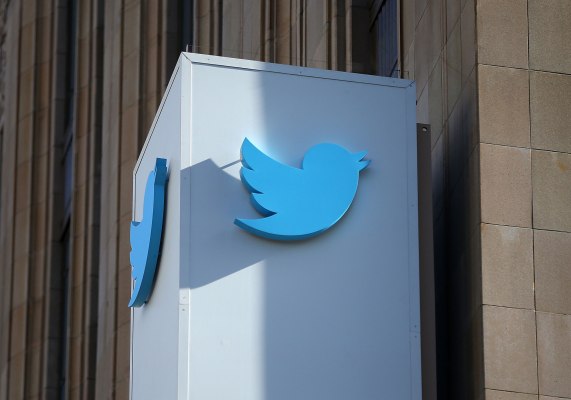Now what? That’s a question I’ve been asking myself since Leslie Miley, the now former engineering manager at Twitter, published a post explaining that his reason for leaving the company was because of the way it addresses, or doesn’t address, diversity and inclusion. Jesse Jackson, presumably in response to Miley’s revelations, urged Twitter to release a racial breakdown of its recent company-wide layoffs, USA Today reported earlier today.
There’s nothing wrong with getting more data, but the case has already been made: Twitter has serious issues around diversity and inclusion that the company needs to address, especially at the leadership level.
In August, Twitter publicly announced that it’s committing to a “more diverse” company, saying, “If our aim is to build a company we can really be proud of — one that’s more inclusive and diverse — we need to make sure it’s a great place for both new and current employees to work and to grow. That’s why these new goals focus on increasing the overall representation of women and underrepresented minorities throughout the whole company.”
Notice Twitter’s emphasis on increasing the number of underrepresented minorities, while paying no attention to what the company will be like once they get there. Sure, Twitter has employee resource groups, but those are all employee-led.
“When Jack came back, and Jack really put the stake in the ground for diversity, I really wanted to help with that,” Miley told TechCrunch. “We’ve all said this before — diversity has to begin at the top, and I think Jack set a really good precedent, and I was hoping the team would fall in line. And what ended up happening was that rest of the team didn’t fall in line.”
So, it doesn’t matter if Twitter ends up meeting its goals of increasing underrepresented minorities overall to 11 percent, to 9 percent in tech roles, and to 6 percent in leadership roles in the U.S. Without a serious focus on retention, Twitter is basically filling up a leaky bucket. And that’s the big takeaway. Thurst founder Morgen Bromell, who recently wrote about being black and queer in tech, told TechCrunch that it’s incredibly important to evaluate inclusivity from the perspective of the people of color and marginalized groups already at a company.
“I think it’s beyond irresponsible to claim to create diversity initiatives to reach new hires (and engage in the inevitable pipeline discussions, most of which are derailing tactics) without identifying the people currently in power who have been maintaining a predominantly exclusive workplace and re-educating and training them,” Bromell said. “The work of creating a more diverse, welcoming, and progressive company culture shouldn’t rest on the shoulders of the people who are most hurt by it.”
Ultimately, Miley didn’t feel supported at Twitter when it came to diversity, and that’s something that he’s really passionate about. When he realized that he couldn’t contribute to diversity at Twitter, he knew he needed to find something else to do.
In terms of what’s next for Miley, he has a plan. It’s not going to be specifically focused on diversity in tech, Miley told me, but it will be focused on building an engineering organization that has diversity at its core.
Although this situation is certainly embarrassing for Twitter, Miley says that is not intention. He still considers Twitter to be the best job he’s ever had because he got to work on things that he was passionate about. And he’s confident that he’ll continue to feel that way about Twitter.
“This is important for the industry as a whole,” Miley said. “I was black before I came to Twitter — I’m going to be black when I leave Twitter. My story at Twitter is just a small part of my tech career and I’m not just doing this for Twitter. This is for everyone else who’s coming after me. This is for the people who are there now. This is for the people who are thinking about doing it and how they can be successful at that.
“People are like, ‘Well, you need to give Twitter recommendations.’ I can’t recommend Twitter do anything. Twitter has to find its own way right now. I’m just here to say this is my experience. It wasn’t all bad; it wasn’t all good. It was just my experience. Yes, there are parts that put people in an unflattering light, and I’m sorry that happened. But as bad as this person may think it makes them look, they also need to reflect back on how it made every person of color feel when you said some of the things you say.”
I’m in dialog with Twitter’s communication team and will update this story if Twitter says anything of interest.
